Description
Knox Motorcycle Body Armour is the World Standard for motorcycle protection. This motorcycle protective armor is one of the true secrets behind the scene. Have you ever wondered how the pro’s take so many hits and still keep riding for the finish line? What is under your protective motorcycle clothing is just as important as your motorcycle jacket and pants. Always rely on Knox Motorcycle Body Armour to take you to the finish line. Another fine motorcycle accessory brought to you by British Motorcycle Gear made in the UK. British Motorcycle Gear Protecting The Cafe Racer in all of us. Wherever possible in the range, products have pockets for CE Approved Knox Motorcycle Body Armor. Knox Motorcycle Body Armor is available for shoulder, elbow, back, hip and knee areas and is CE approved to EN 1621-1/15 to comply with Motorcycle Body Armor PPE Directive 89/686/EEC.Back, elbow, shoulder.
There are two European standards covering “motorcyclists protective clothing against mechanical impact” – EN1621-1 and EN1621-2. EN1621-1 covers any body part protection except back/spine. EN1621-2 covers back/spine. There are updates to the standards from time to time and so the year the update comes out is added as a suffix to the standard such as EN1621-1:2014[1] and EN 1621-2:2014.[2] Both standards assess the performance of protective devices by measuring the force transmitted through it when impacted by a falling mass.
EN1621-1 assesses armor designed to protect the shoulder, elbow and forearm, hip, tail-bone, knee and lower leg regions. The test apparatus consists of a mass of 5 kg with a 40 mm x 30 mm striking face, dropped onto the sample mounted on top of a 50 mm radius hemispherical dome. The anvil is further mounted onto a load cell, allowing a measurement to be made of the force transmitted through the protector. The kinetic energy of the falling mass at impact is required to be 50J.
A protector subjected to this test method is deemed to conform to this standard if the average transmitted force of nine tests is less than 35 kN, with no single test result exceeding 50 kN.
EN1621-2 assesses armor designed to protect the back/spine. It is a more stringent standard allowing no more than 18 kN of force to be transmitted to attain Level 1 protection (EN-1621-2 CE Level 1). Armor that allows less than 9 kN of force to be transmitted can attain a Level 2 protection (EN-1621-2 CE Level 2). See section below for more information.
EN1621-2 Back/Spine Protective Armor[edit]
European Standard EN 1621-2:2014[2] defines two levels of performance for CE approved back protectors. The test apparatus and procedure is similar to that of EN 1621-1:2014,[1] but with a different impactor and anvil configuration. The impactor is a rounded triangular faced prism, of length 160 mm, base 50 mm, height 30.8 mm and radius 12.5 mm. The anvil is a radiused cylinder, with its axis orientated to the direction of impact, of height 190 mm, diameter 100 mm and rounded end radius 150 mm. When tested to the procedure defined in the standard, the two levels of performance are:
Level 1 protectors: The average peak force recorded below the anvil in the tests shall be below 18 kN, and no single value shall exceed 24 kN.
Level 2 protectors: The average peak force recorded below the anvil in the tests shall be below 9 kN, and no single value shall exceed 12 kN.[2]
Because of the more delicate nature of the spinal column, back protectors require that lower levels of force be transmitted. The introduction to EN 1621-2 states that approximately 13% of motorcyclists injured in road accidents have an injury to this back region. However, only 0.8% of the injured riders suffer a fracture of the spine and less than 0.2% of injured riders have a serious back injury resulting in neurological damage. This is supported by evidence from the MAIDS Report (2004), the most comprehensive in-depth data currently available for Powered Two-Wheelers (PTWs) accidents in Europe.
Serious spinal injures are usually caused by axial forces due to blows on the head, or bending and twisting forces on the back caused by blows to the shoulders, hips and other parts of the body. In the Cambridge Standard for Motorcyclists Clothing, Roderick Woods asserts that the majority of spinal injuries are caused by blows to the hip and shoulders. In the rare circumstance that a motorcyclist received a direct blow to the back the damage would be unmitigable by armor. The concept of a “back protector” is therefore not endorsed by Woods. Although back protectors, as defined in the standard, cannot protect against axial forces they are required to protect the scapula and there is now considerable anecdotal evidence that wearing a certified back protector can significantly reduce trauma in a major accident as they reduce the effect of impacts on the ribs and lessen the blows to internal organs too. Knox Back Armour Exceeds the European Level 2 Standard.

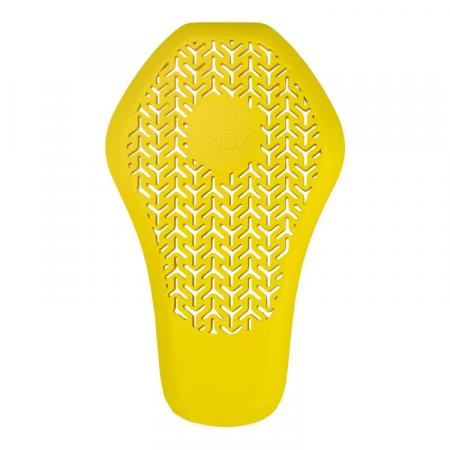





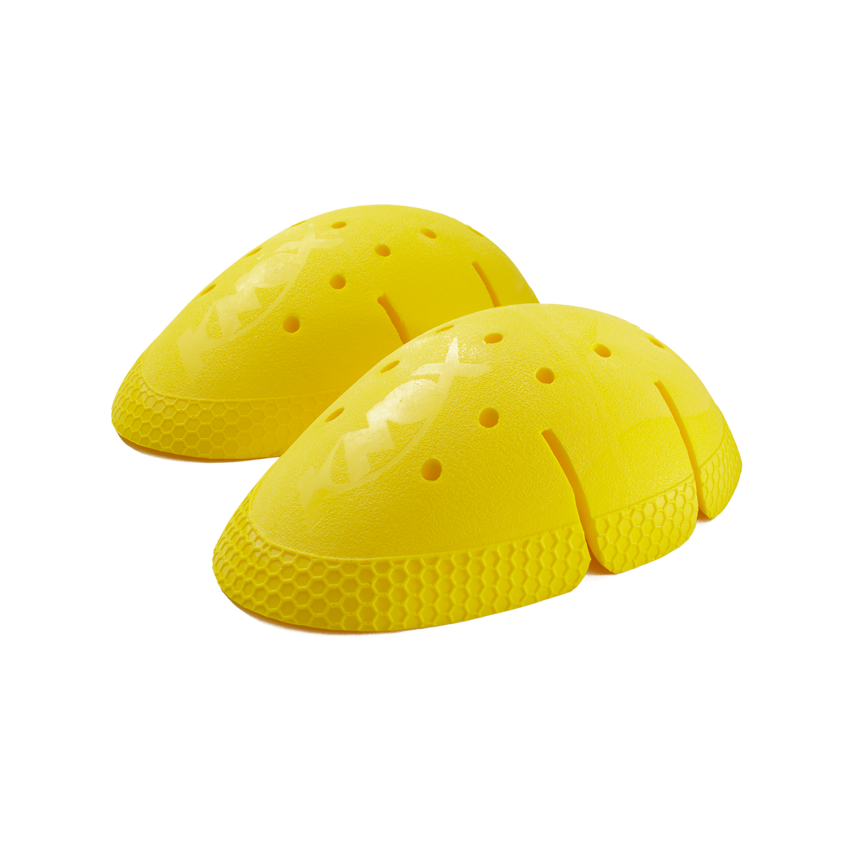
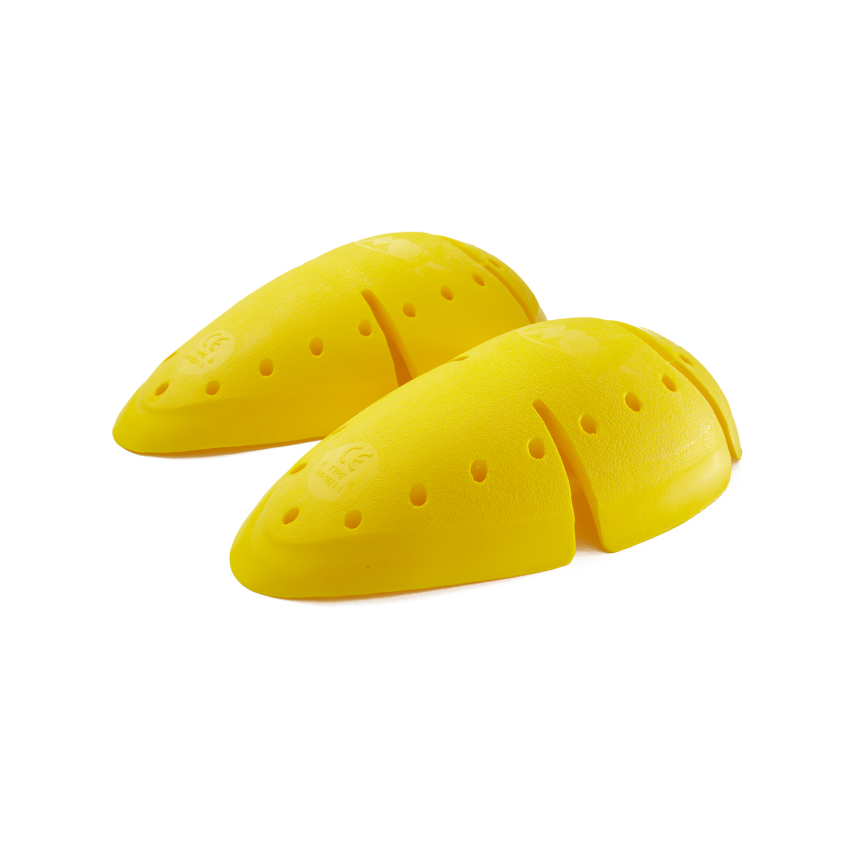
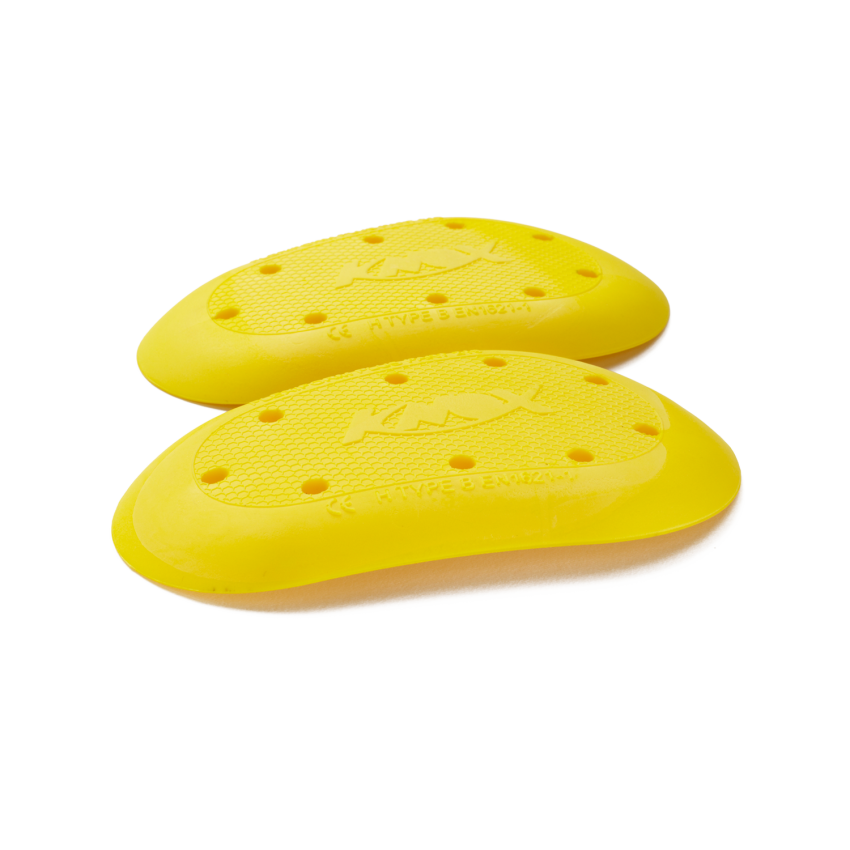
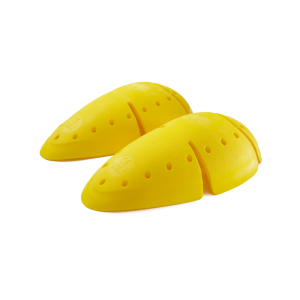
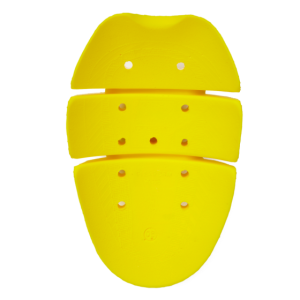
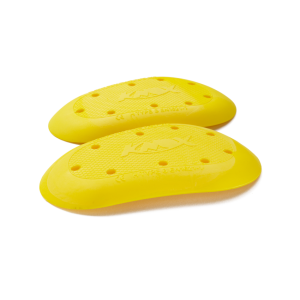
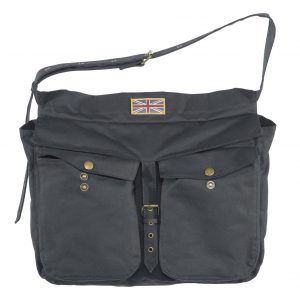

Reviews
There are no reviews yet.